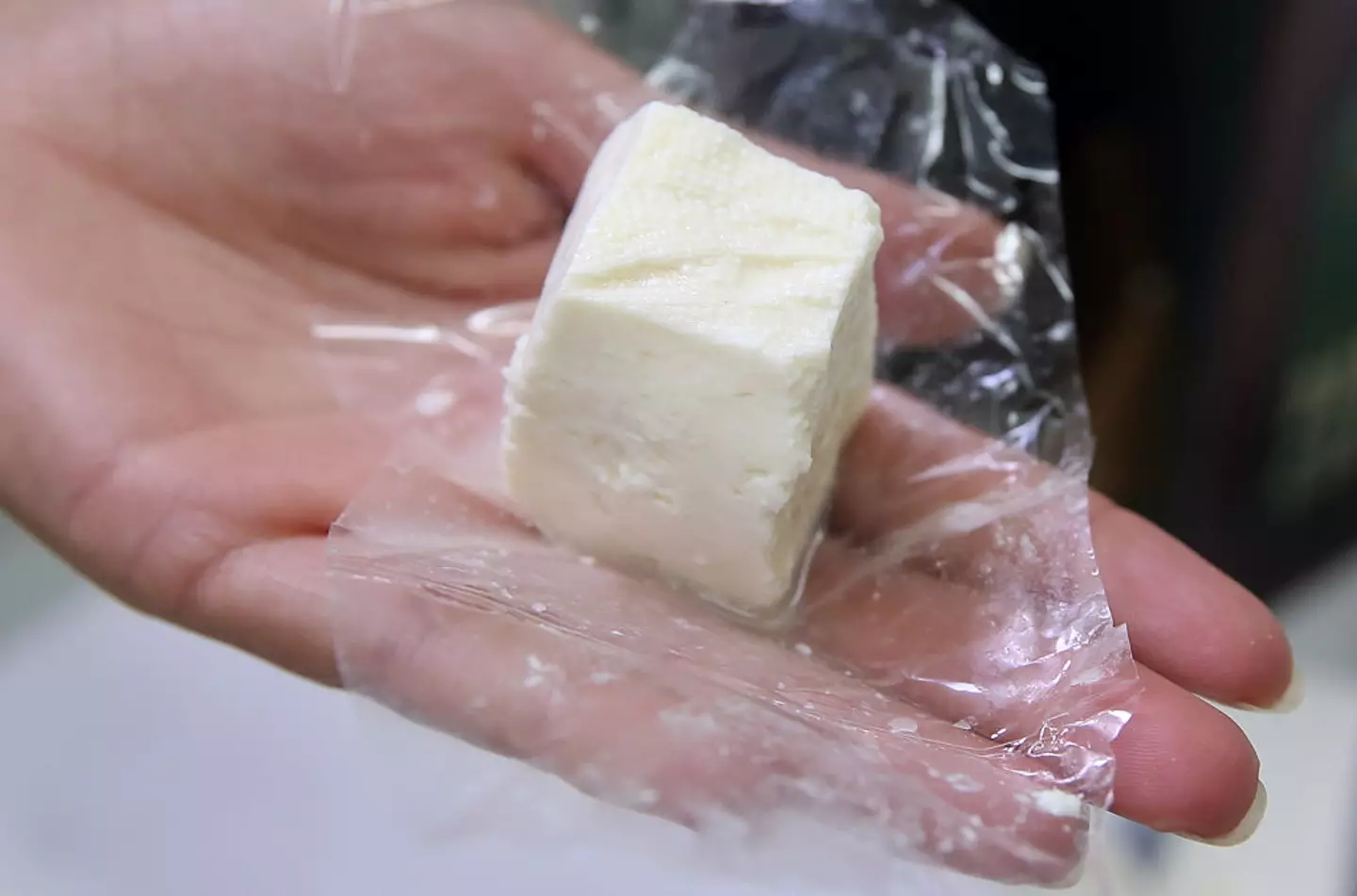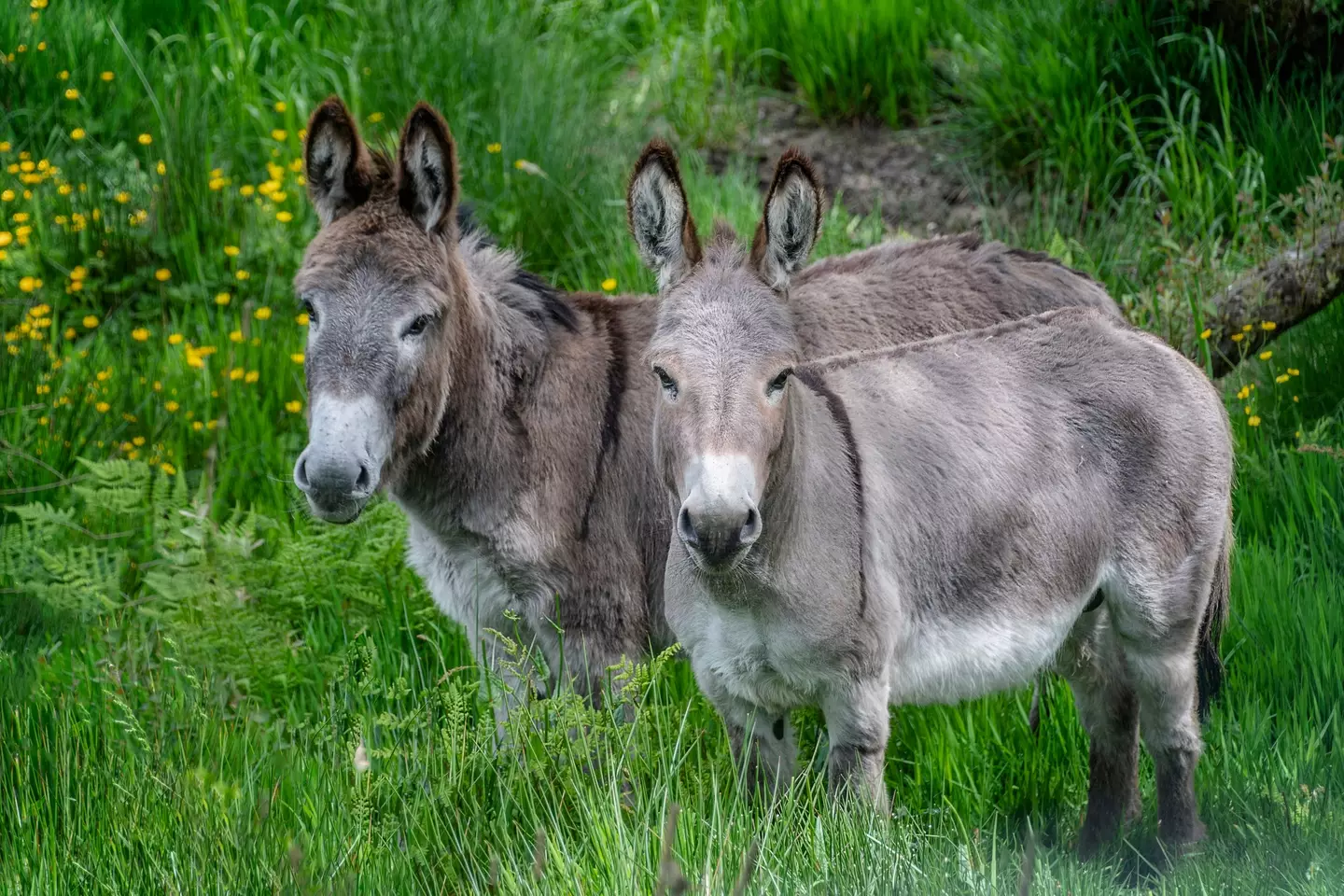
The humble cheeseboard is perhaps the most underrated element of an evening meal. If one gets whipped out by your host as a post-meal surprise, you can be pretty confident that everyone will tuck in.
Of course, you need a decent assortment. A cheeseboard featuring a block of cheddar and unseasoned crackers is a quick way to lose friends, but if you put some brie on there, a bit of stilton, some cranberry Wensleydale, some digestives, a bit of pickle, maybe a little bowl of olives, some feta and sun-dried tomatoes then, well, you’ll be first in the godparent queue.

If you really want to push the boat out, there’s one particularly decadent option. And no, we don’t mean that smokey Austrian cheese that comes bound-up like a delicious cheesy sausage, although that certainly wouldn’t hurt.
Advert
Instead, if you make the hop, skip and jump over to Serbia, you could pick up some of the world’s most expensive cheese.
What manner of beast could produce a cheese that costs as much as $1,600 per pound? Have they got unicorns in Serbia or something?
The origins are humble indeed: it comes from Balkan donkeys.
Now, donkeys aren’t typically known for their milk, but this cheese is pretty special and likely to be unlike any other cheese you’ve ever tried.
Advert
The cheese, known as pule, is white and crumbly, looking kind of like a slab of dried polyfiller, and it has a potent manchego-like flavour. The cheese is relatively unprocessed too, with the cheese maturing from donkey milk with very few additives.
The donkeys in question are specific to a Serbian nature reserve called Zasavica, where they’re domesticated and farmed for their unusual cheese.
As to why it’s so expensive, it’s largely because donkeys aren’t much for milking. A female donkey, known as a jenny, produces somewhere between one-and-a-half and two litres of milk per day. Compared to a dairy cow, that’s pretty meagre: the bovine contingent produces up to 60 litres per day.
Not only is the milk pretty scarce, but it contains fewer solids than cow’s milk and so much more of it is required to produce an equivalent amount of cheese to a dairy option.
Advert

It’s also an unindustrialised process, with the jennies being milked by hand three times a day.
Apparently, the nutritional makeup is very similar to another common milk that you won’t find in stores at any price: human breast milk.
